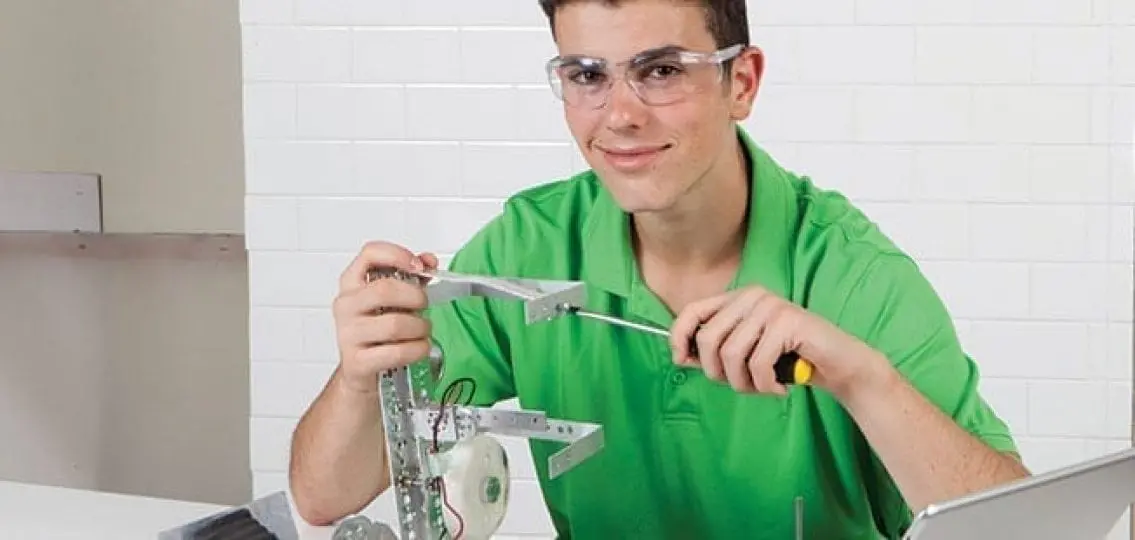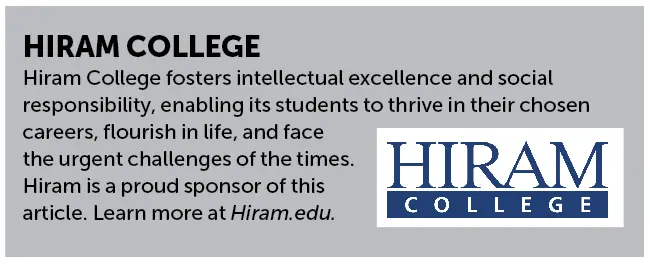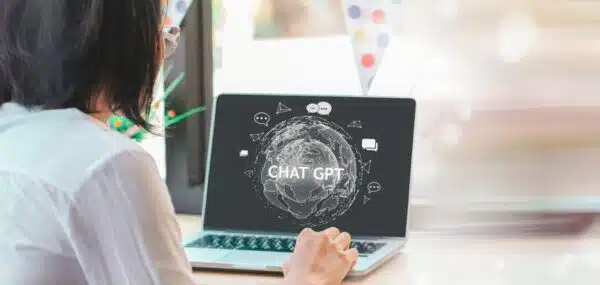Using technology in the classroom is becoming increasingly widespread at all levels of education. Many K-12 schools have been providing students with devices to use both in and out of the classroom for years. Often called “one-to-one technology”, teens who have grown up with technology embedded into their lives are likely to expect this mode of learning to continue once they arrive at college. This fall, Ohio’s Hiram College is rising to the challenge, providing iPad Pros to all full-time students as part of its multi-million dollar “Tech and Trek” initiative.
Technology in Schools
Andrew Marcinek, chief information officer for Worcester Academy in Massachusetts, saw firsthand the way teens respond to one-to-one technology when he rolled out iPads to students in the Burlington, Massachusetts schools in his previous role as an instructional technology specialist there.
“Middle school students in particular took to it immediately, and started creating with the iPad right away,” says Marcinek. “There are so many ways to create your own learning experience; for students who are not linear learners, that is especially helpful.”
Marcinek also notes that the use of one-to-one technology provides an opportunity to teach teens about good digital citizenship. They learn how to organize their digital life and how to build an online dossier of their academic work. These are both skills that will be essential to success at college and beyond.
However, when Marcinek connects with former students about the use of technology in classrooms in higher education, their experience varies widely. Many report being disappointed by the step back in time to manual note-taking and static PowerPoint slide lectures. On the other hand, a growing number of students are encountering an increasingly tech-savvy learning environment at college.
Technology And Education: One-to-One Technology
One institution that’s rising to the technology challenge is Ohio’s Hiram College, which this fall will provide iPad Pros to all full-time students, faculty, and staff as part of its multimillion-dollar Tech and Trek initiative.
Jennifer McCreight, assistant professor of education at Hiram, is already seeing the benefits of one-to-one technology in classrooms. Her department has provided iPad Minis to its students for three years.
“The iPad offers a lot of ways to provide real-time feedback to students,” she explains. “For example, after introducing a concept, I can have the students use the iPad to do a quick assessment. I can see that while this student really understood it, another did not. When I see that, I’ll make a point of connecting with that student outside of class. Or if everyone gets it wrong, then I know I need to stop and reteach it.”
The iPads also help students process data visually, adds Brad Goodner, professor of biology at Hiram. For example, students can easily chart the growth of bacteria in the lab or capture field data on the spot.
Using interactive textbooks, creating multimedia presentations, Skyping with professors, and collaborating online with other students are just a few of the many activities the Tech and Trek initiative makes possible.
Technology in College
There’s another advantage of one-to-one technology in classrooms. It helps level the playing field for students with different styles of learning and engaging in a classroom.
Students who are not comfortable speaking in class may be more comfortable sharing their ideas using an app. (At Hiram, each iPad will come pre-loaded with apps selected by faculty.) “If you have students who are quiet in class, you can give everybody two or three minutes to write a response before having a discussion,” explains McCreight. “I can see all of the responses, then select which ones to share. Anything we can do to validate multiple ways of interacting is important.”
One-to-one technology also helps promote equity on campus, as not all students can afford such a device on their own.
Some may argue that devices can interrupt focus in the classroom, but even technology’s potential for distraction provides an important learning opportunity, stress both Goodner and McCreight. Today’s students will be using technology in the workplace throughout their lives, so the goal is to work with technology rather than ban it.
“We’ll be asking students to think hard about the right place to use technology,” says Goodner. “There is a time and place to use technology and a time and place to put it aside.” Not only college students, but also middle and high school students—and yes, even adults—should be practicing that skill.




